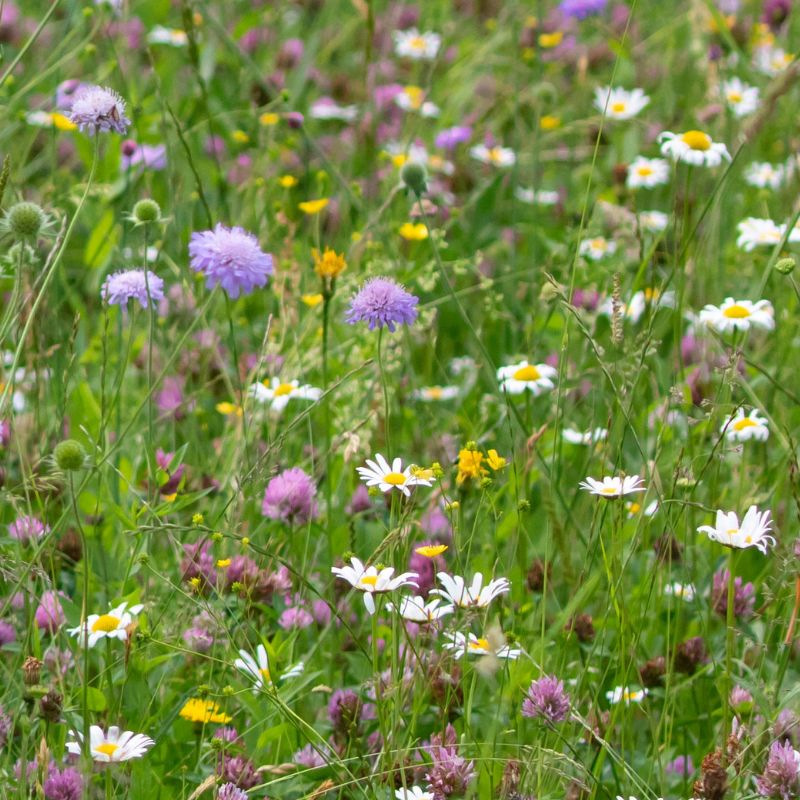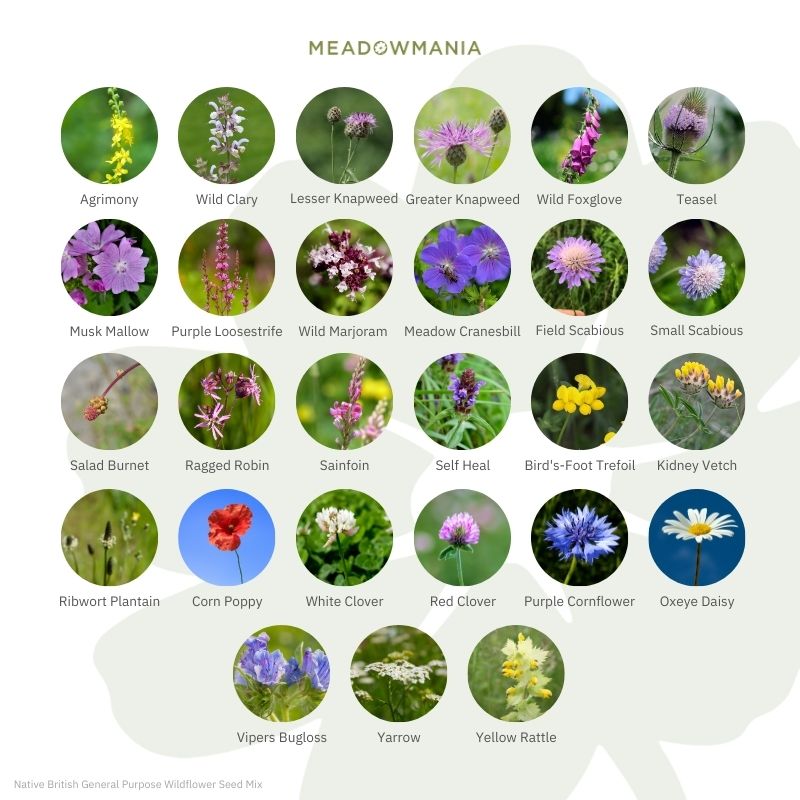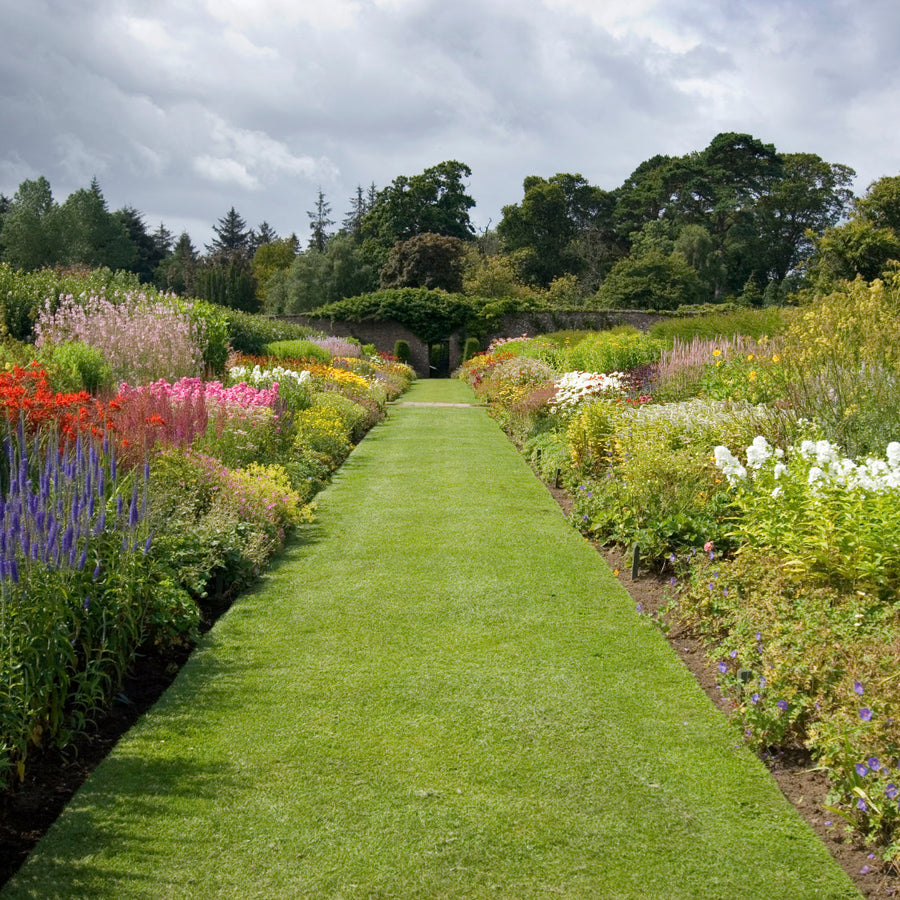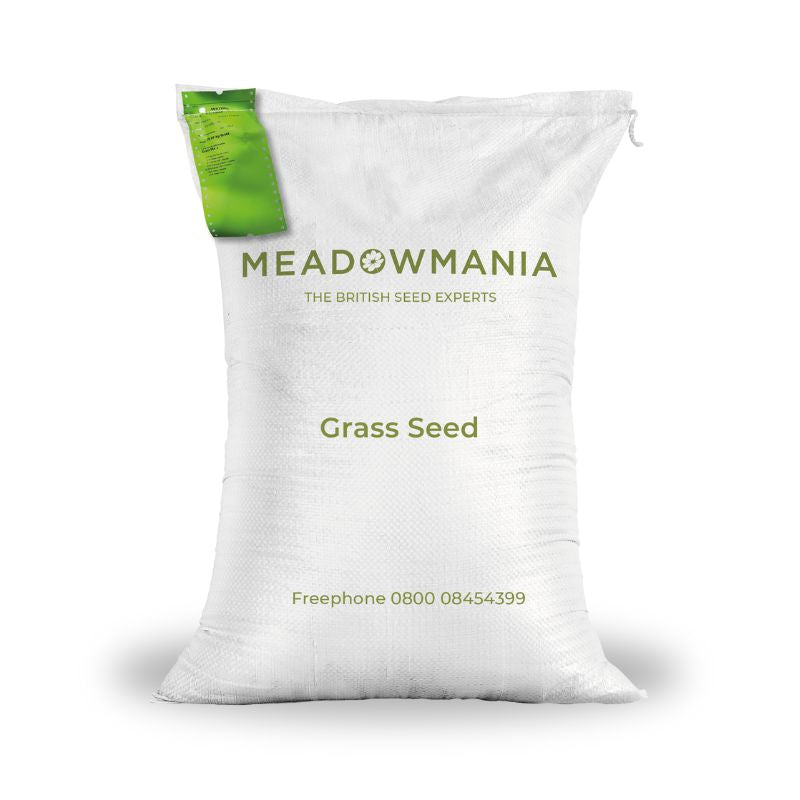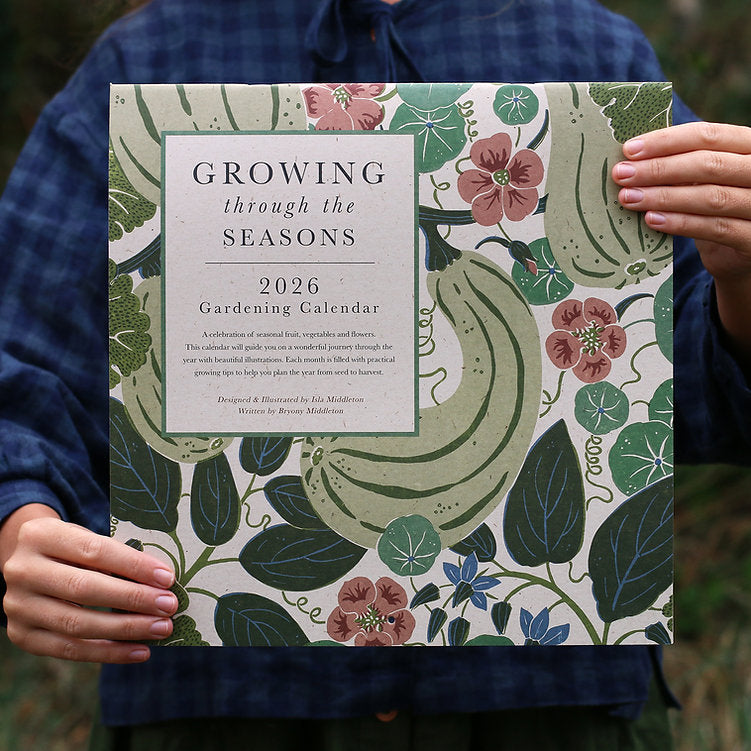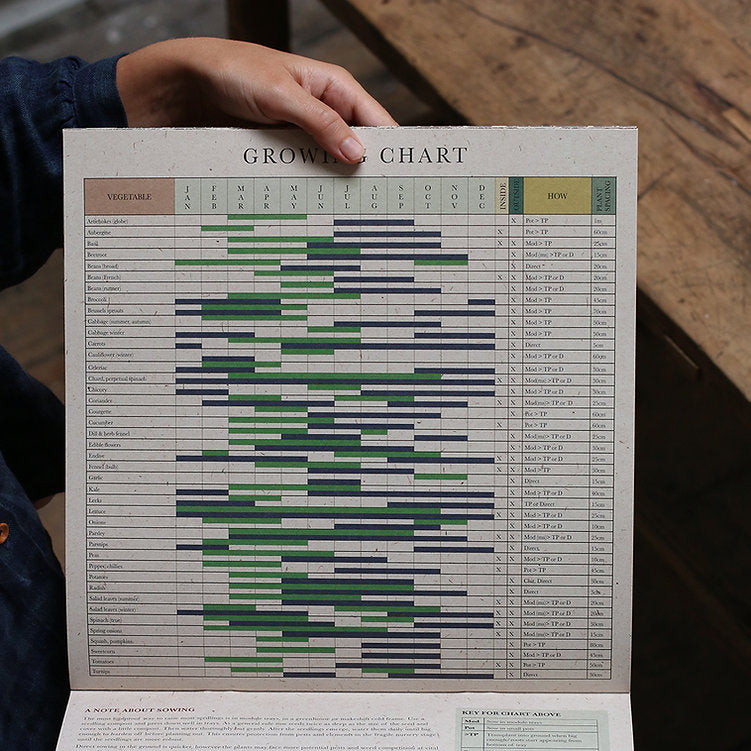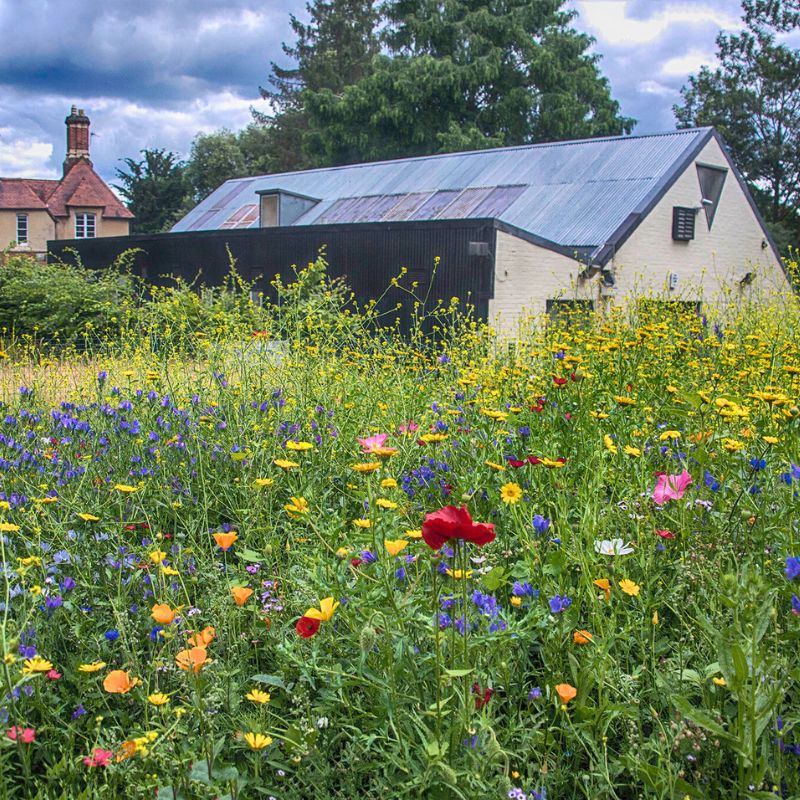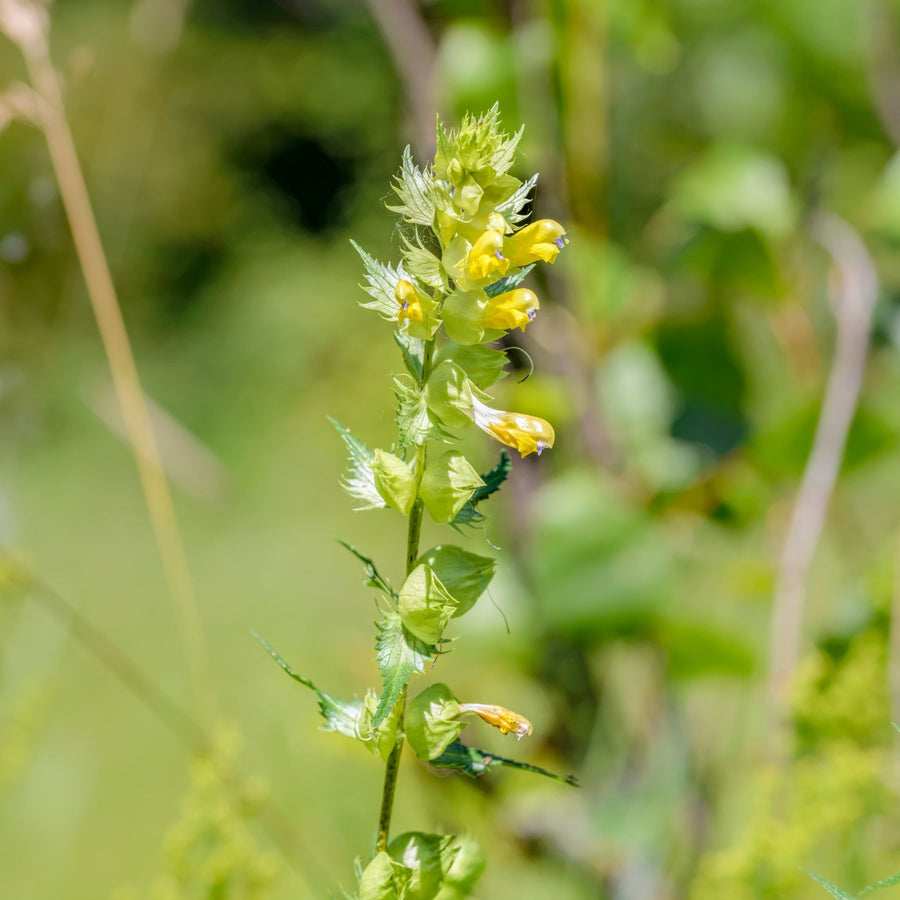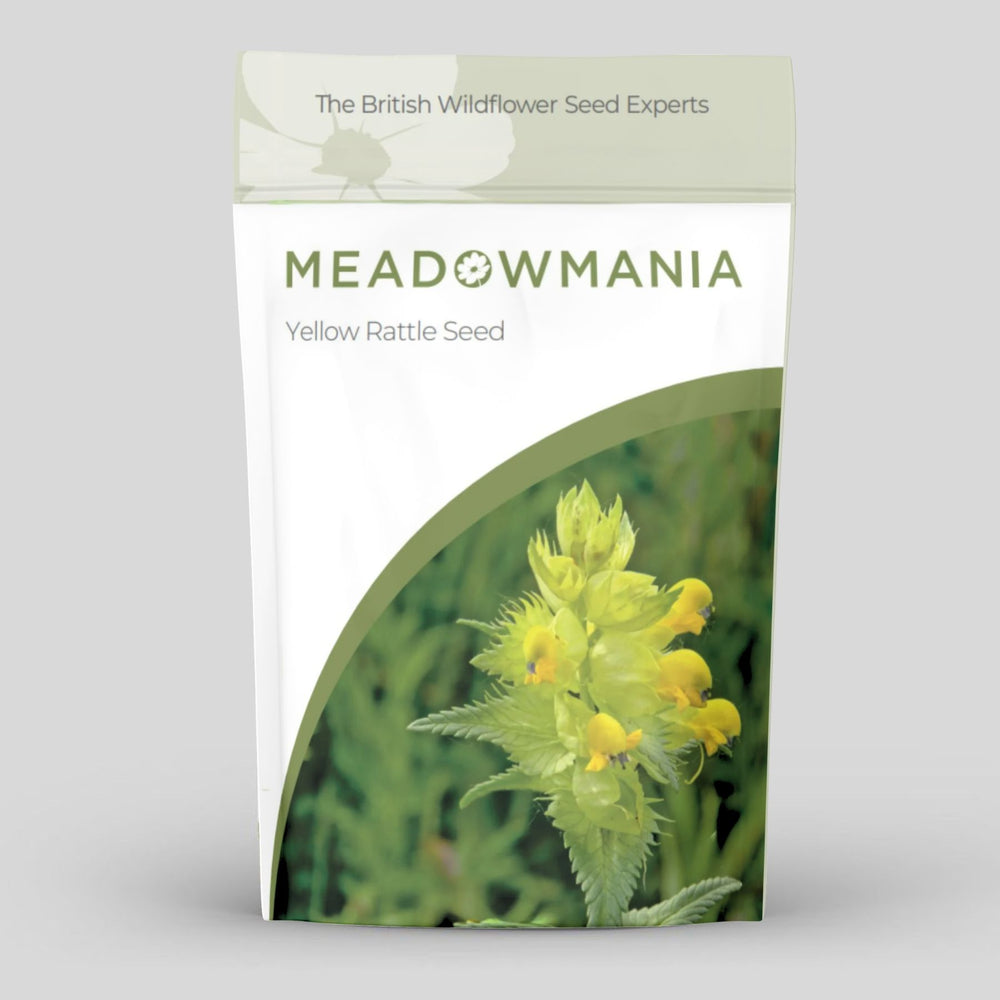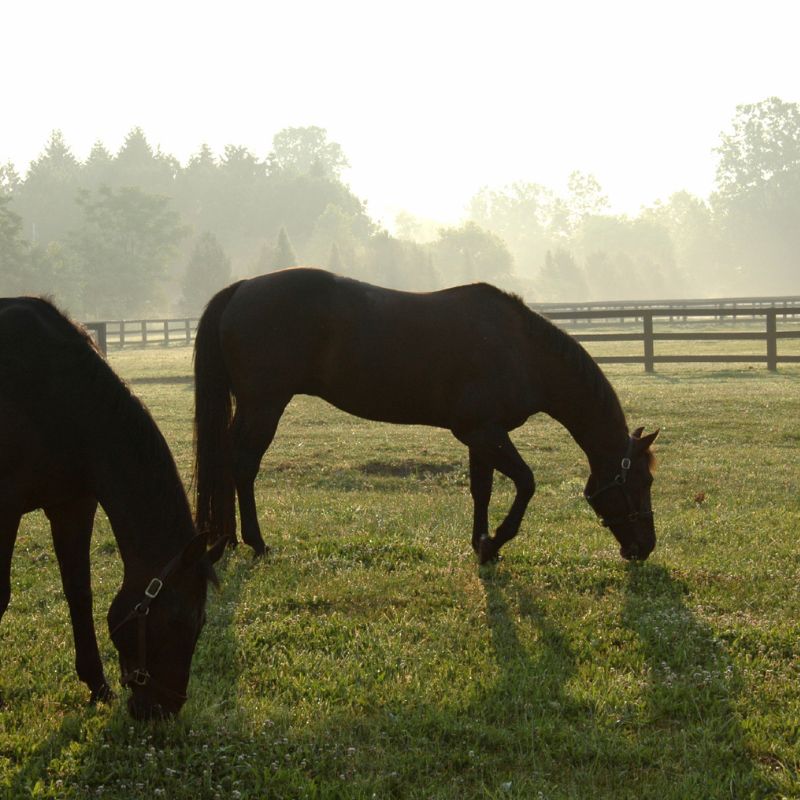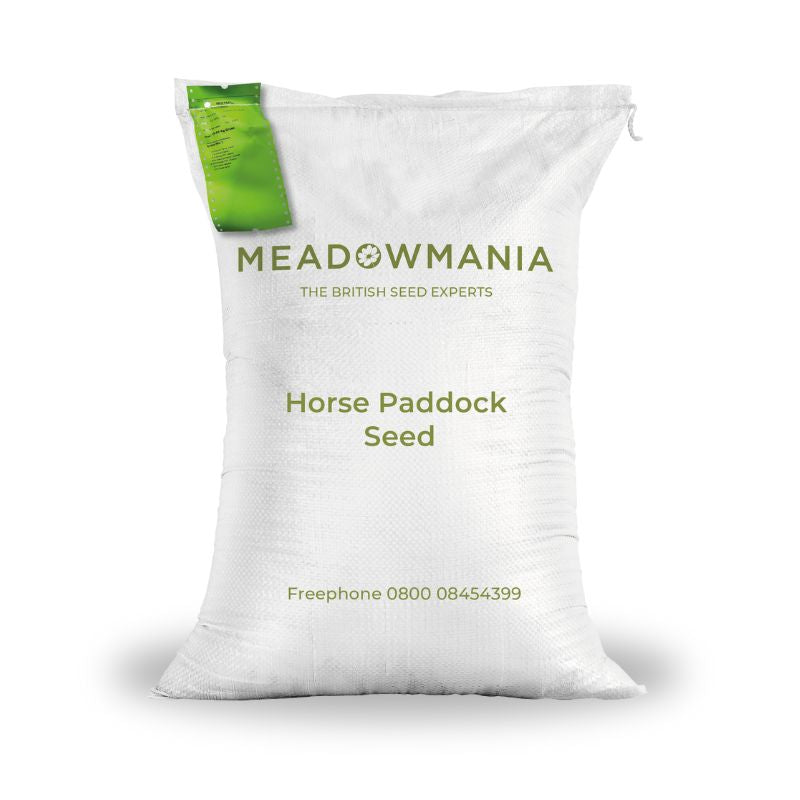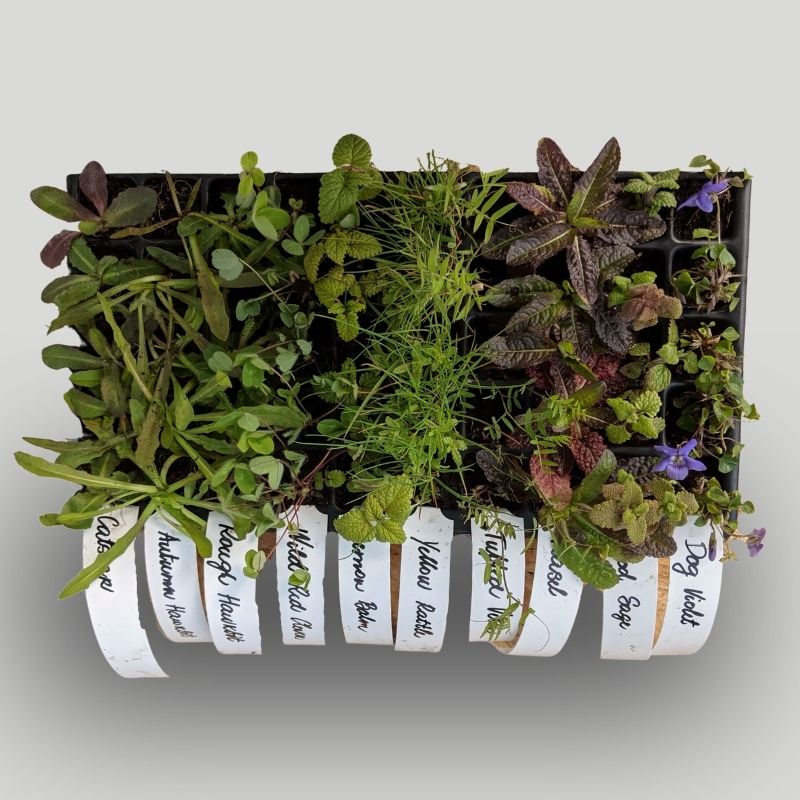
How to Choose Grass Seed for your Horse Paddock
You may have taken on a new field; Your existing horse paddock may be worn out, full of weeds or in some cases maybe badly poached. The obvious remedy is to sow some grass seed, but which mix? and how do you choose that mix? In this article, we will explain how to choose grass seed for your horses.
Before making the decision about the grass seed for your horse paddock, you need to consider the following things.
To see our wide range of mixtures designed to create healthier pastures, please visit our Horse Paddock Mixes webpage.
Soil Testing

Many horse owners have land that is worth thousands of pounds but have never done a soil test. Whatever seed mixture you sow will not compensate for poor soil. Testing can be done for less than £90.00 and the results could save you a lot of money over the next few years.
Drainage
Grass seed grows best on alkaline soils. These are predominantly chalk/limestone soil types, which are light and have good drainage. Many horse paddocks though are on heavy clay soils and drainage can be a problem. If heavy soil and poor drainage is an issue, then not resolving it will give your new grass leys little chance of success.
Weed Control
It may well be that you have an existing field that has become overrun with weeds such as buttercup and clover. If you do not have a strategy to control these weeds then it may jeopardise any new sowing. Weeds can be controlled in three main ways:
- By regular mowing and sowing more grass.
- By hand pulling the weeds.
- By agrochemical control.
What next?

After you have tested the soil, sorted out the drainage and controlled the weeds, what mixture should you sow? The first main question you have to ask is whether the grass is all for grazing, or whether you need to take a crop of hay from it as well. If grazing is most important then you need a wide range of long term species to give the best chance of a long season of grazing. You would benefit from mixed herbs in the mix, which can improve the soil structure and benefit your horses' diet. If you want a hay crop then you need to sow a narrow range of species with a similar heading date. They will likely to be high yielding, short term varieties. Whilst you can take a hay crop from any grass field, please note that a field that is good for grazing will not produce the best hay crop. In an ideal world you would keep a small area available for hay production, then keep the rest of the field for grazing on a rotation.
If we concentrate then on the mixes for horse grazing, these fall into two types: those with perennial ryegrass and those without.
Ryegrass-Free Mixtures
Over the last few years, concerns have grown about ryegrass and horses. These have largely been about two issues: one is that ryegrass varieties have been developed which are high yielding for cattle and it is thought that this high yield may not always be healthy for some horses; secondly, it is suggested that there may be a link between high levels of sugar in the ryegrass mixtures and increased risks of laminitis. Because of these reasons, many horse owners have started to switch to non-ryegrass based mixtures which are generally called natural ranges.
Ryegrass based mixtures
Horses have successfully grazed on ryegrass for many years. Ryegrass is such a part of our natural habitat that it will always be growing in most fields, even if you did not sow any. You have to choose which route you wish to go down but there are mixtures now available that will give you a good result which ever route you choose.
Which species need to be in the mixes?
Before you choose which mix to buy, check that at least some of the following species are in your mix for horse paddock grazing:
- Timothy - a perennial grass species with shallow and fibrous roots used for pasture, hay production and forage for horses. One of the benefits of timothy is its palatability for horses.
- Smooth Stalk Meadow Grass - also sometimes called Kentucky Bluegrass, it has many favourable qualities including its vigorous creeping growth via rhizomes, tolerance to close grazing, and high palatability.
- Creeping Red Fescue - a small amount of this in the mixture is good as it has creeping roots which enable it to remain green in dry times. Pastures may benefit from this species as it makes a good bottom to the ley and reduces risk of poaching.
- Meadow Fescue - a good alternative to perennial ryegrass that does particularly well on heavier ground. Meadow Fescue has an early spring growth, with a re-growth consisting mainly of leafy shoots. It is suitable for both cutting and grazing.
Other species that can benefit a horse pasture are:
- Cocksfoot - its deep roots mean it can do well in drought conditions
- Sheep’s fescue - copes well with stress such as cold, drought and some shade
- Chewing’s fescue - does well on sandy soil; drought and shade tolerant
- Rough Stalk Meadow Grass - its preferred habitat is moist, sheltered places. Its herbage is plentiful and fairly nutritious.
The most common mixed herbs are:
- Chicory - a perennial herb known for its tough, twig-like stems and bright blue flowers; a nutritious alternative food source for some types of livestock
- Yarrow - very common growing in the wild across the UK; can help lift trace elements in the soil
- Sheep’s Parsley - mineral rich, high in iron and vitamin C
- Sheep’s Burnet - a fast establishing perennial which can give some summer feed
- Ribgrass - has deep roots which can help improve the soil structure
Conclusion on how to choose grass seed for your horses

- Check the soil, check the drainage and check the weeds.
- Decide if you want to go down the ryegrass or non-ryegrass route.
- Decide if you want hay production or just grazing.
- If sowing a new ley then choose between 12 and 14 kilos of seed per acre.
- Then look to find one with right species in at a fair price.
Hopefully our notes have helped to show you how to choose grass seed for your horses. If you feel you would like more advice feel free to contact us at shop@meadowmania.co.uk


